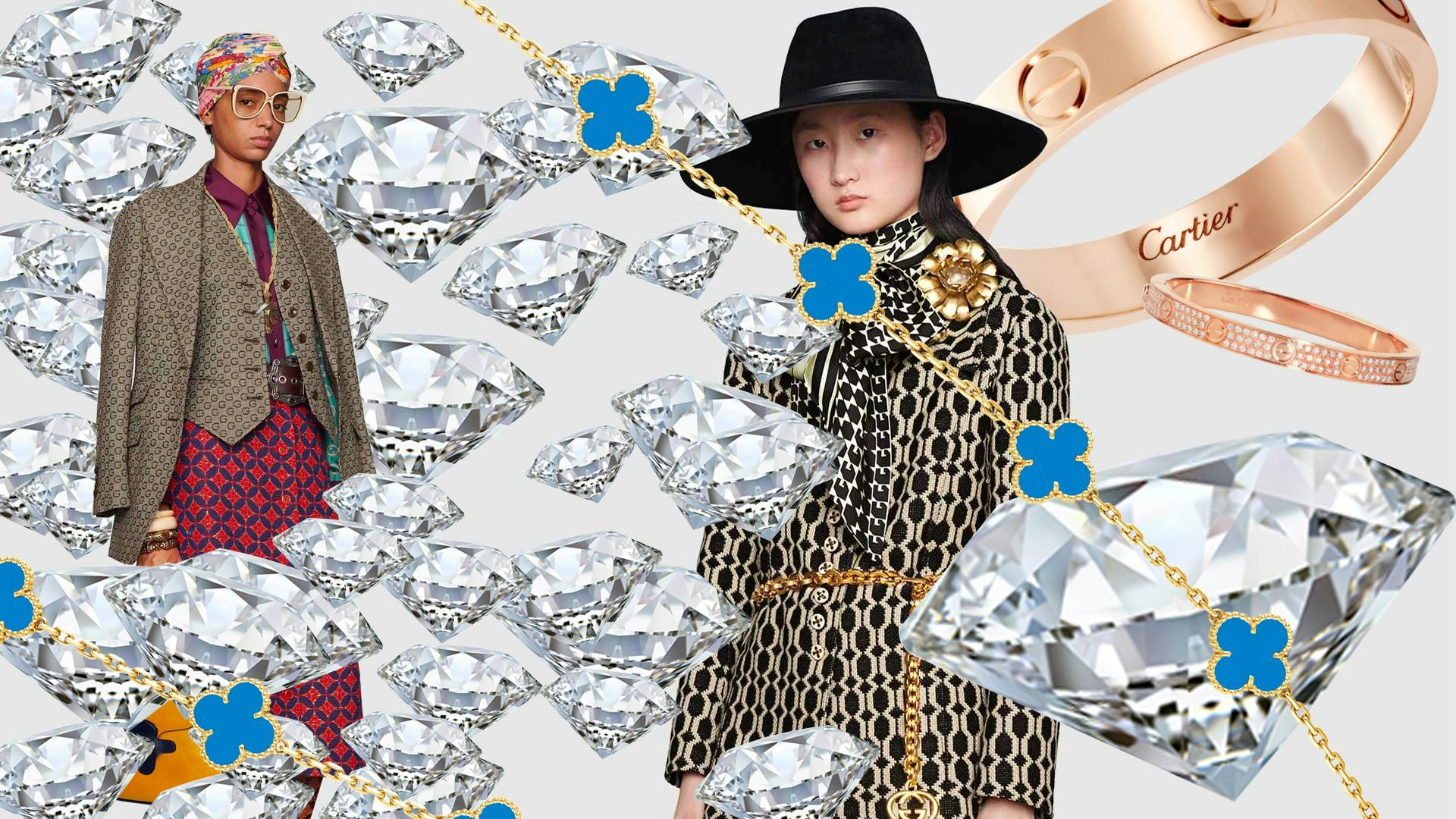Key Takeaways#
:
- The slow trainwreck that’s the environmental crisis increased a focus on seeking “a healthy body and a healthy mind” even before COVID-19.
- Living through the biggest pandemic in a century is accelerating a shift toward spending time and money on the trinity of health — exercise, healthy food, sleep — while meditation also thrives.
- As Chinese consumers move away from buying luxury to fit in and towards buying it for themselves, health and wellness-related brands will be poised to accelerate further.
The scale of the global environmental crisis that has intensified over recent years has made it clear that breathing fresh air, drinking clean water, and eating healthy food are luxuries in and of themselves. In fact, the majority of humanity already lacks access to these three basic necessities.
Much of the West is, so far, insulated from these problems. But in China, where the economy has seen a tremendous expansion since the early 1980s, soil contamination and water and air pollution are pervasive. When I lived in Hong Kong from 2011 to 2016, it felt like every conversation with Chinese contacts or consumers revolved around stress linked to pollution, notably air pollution driven by coal-burning. But the government in China has reacted assertively. In the first four years of Xi Jinping’s administration, particle pollution dropped by an average of nearly a third across sixty-two cities, with particles in Beijing down 36 percent and sulfur dioxide down 70 percent between 2016 and 2019, according to the World Health Organization. In China, it is now common to hear that “health is wealth.”
Pollution issues are on the minds of American consumers as well, with the recent Flint water contamination issue seeing a lot of attention. After the Michigan city switched over its source of drinking water in 2014, 100,000 residents were exposed to lead contamination, and Flint dwellers still do not have access to clean water today. And while European and Chinese administrations have taken measures to curb pollution, the US administration has relaxed policies that had been putting pressure on the coal and fossil fuel industries.
In preventative health, the world has come a long way since Jane Fonda first made aerobics a popular discipline in the early 1980s. Now, with a clear shift in cultural values, many consumers say they want to live healthier lives. And if your country is not able to provide the ultimate conditions to achieve that, you can at least seek a balance on your own. Before COVID-19 hit, gym subscriptions were on the rise, as large numbers of people around the world started exercising more and eating healthier foods.
“Wellth” is a term coined by the best-selling author, social scientist, and the CEO of the Harris Poll, John Gerzema, to describe how well-off consumers view their health and wellness as the next step toward self-realization. Consumers around the world with financial means have spent a lot of time and money trying to master the holy trinity of health: a good diet, exercise, and, more rarely, sleep.
A good diet in markets where obesity rates have increased steadily, which includes the US and China, is getting a lot more attention. While the viewership of sports around the world is very high (enough for Nike to justify signing basketball star LeBron James to a billion-dollar lifetime deal), the widespread practice of sports and exercise is still developing.
Some forms of exercise are quite affordable — anyone with a pair of sneakers can go jogging, for instance. But premium and luxury exercise activities like Peloton, Lululemon, or Mirror have been rising in popularity. Exercise has been gaining ground in China over recent years. Twenty-two marathons or related events were organized in the country in 2011, but that number jumped to a staggering 1,581 events by 2018.
The government has also been instrumental in making the practice of sports compulsory in schools and has invested heavily in infrastructure after securing the 2022 Winter Olympics for Beijing. Further investments could even enhance China’s chances of eventually hosting the FIFA World Cup by 2050.
Sleep is the third part of the trinity. But, unfortunately, while many wealthy consumers brag about their Pilates or yoga practices or their high-fat/low-carb keto diets, few brag about how much sleep they’ve had lately.
Alongside the trinity of health, mindfulness, yoga, and meditation have gotten a significant COVID-19-related boost. Ten years ago, a former Buddhist monk founded Headspace, a meditation app that has been downloaded more than 60 million times and earned over 2 million paid subscribers as of 2020. The app helps you breathe, address anxiety, sleep, be more productive, exercise, calm your kids down, and a lot more. Calm, a similar app, is a star-studded platform with spokespeople like tennis great John McEnroe and Hollywood darling Matthew McConaughey. The popularity of these apps proves that consumers are ready to pay up to sleep better. Shockingly, Apple CEO Tim Cook said in early 2019 that the brand’s “biggest contribution to mankind... will be about health.”
I am not telling you that consumers will start viewing health and Rolex watches in the same light. But this trend and traditional luxury items tap into the same wallet.
Erwan Rambourg has been a top-ranked analyst covering the luxury and sporting goods sectors. After eight years as a Marketing Manager in the luxury industry, notably for LVMH and Richemont, he is now a Managing Director and Global Head of Consumer & Retail equity research. He is also the author of Future Luxe: What’s Ahead for the Business of Luxury (2020) and The Bling Dynasty: Why the Reign of Chinese Luxury Shoppers Has Only Just Begun (2014).

